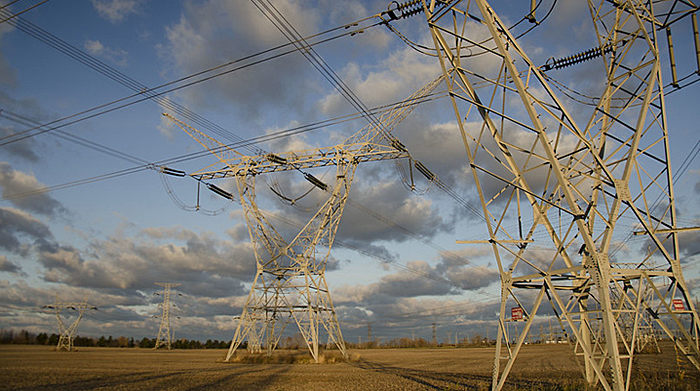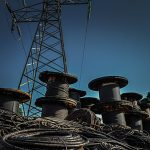Why Utility Grid Hardening is Increasingly Critical

Image courtesy of Michael Kappel under Attribution-NonCommercial 2.0 Generic License, resized to 700 x 391 pixels.
Across the electric utility industry, grid hardening is more important than ever before. Of course, the reason is that the Earth is warming – as an example, every month from June to December 2023 was the hottest on record ever recorded for each of those particular months.
The effect of this global warming is an increase in extreme weather, manifesting in things like extreme heat, extreme winter weather, wildfire activity, stronger hurricanes, floods, and more. The good news is that we’re better prepared for this new reality compared to even just 10 years ago.
Grid Hardening in the 21st Century
Utilities have benefitted from relatively recent improvements in weather forecasting technologies and attribution science techniques, which enables them to have a clearer picture of what the environment might look like, say, 50 years from now. This, of course, greatly helps the long-term planning process and helps determine the optimal go-forward grid hardening tactics.
According to this Power Mag article, numerous grid enhancements have been made in Florida over the past 20 years that allowed customers to be restored 3 times faster after Hurricane Ian in 2022 compared to before the grid hardening techniques were implemented. These included the deployment of more advanced processes and technologies around pole inspections, component replacements, and vegetation management, among other things.
Of course, geographic location plays a huge role in identifying the appropriate hardening tactics to pursue. For example, in California, undergrounding power lines is worthy of consideration due to the above-average level of wildfire activity in the state. Coastal utilities, on the other hand, might be better served by elevating their substations to protect against storm surges and coastal flooding.
In the final analysis, like developing an emergency plan, training employees on the plan, and conducting exercises and drills, grid hardening is a critical element of the overall emergency preparedness process. And its importance will only grow in the future.



